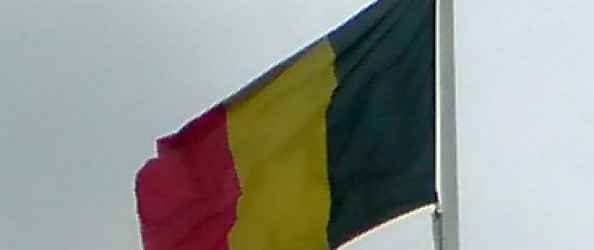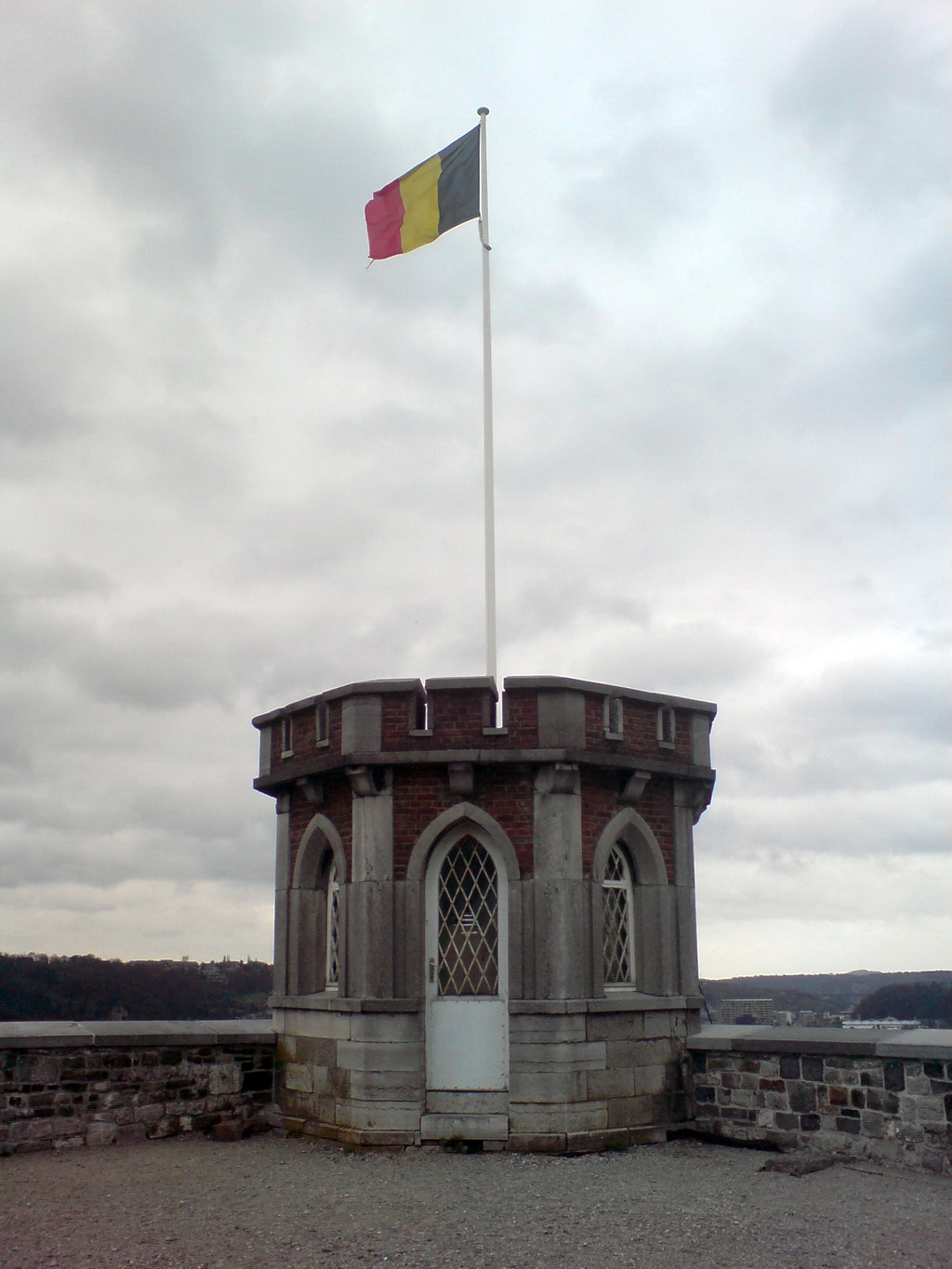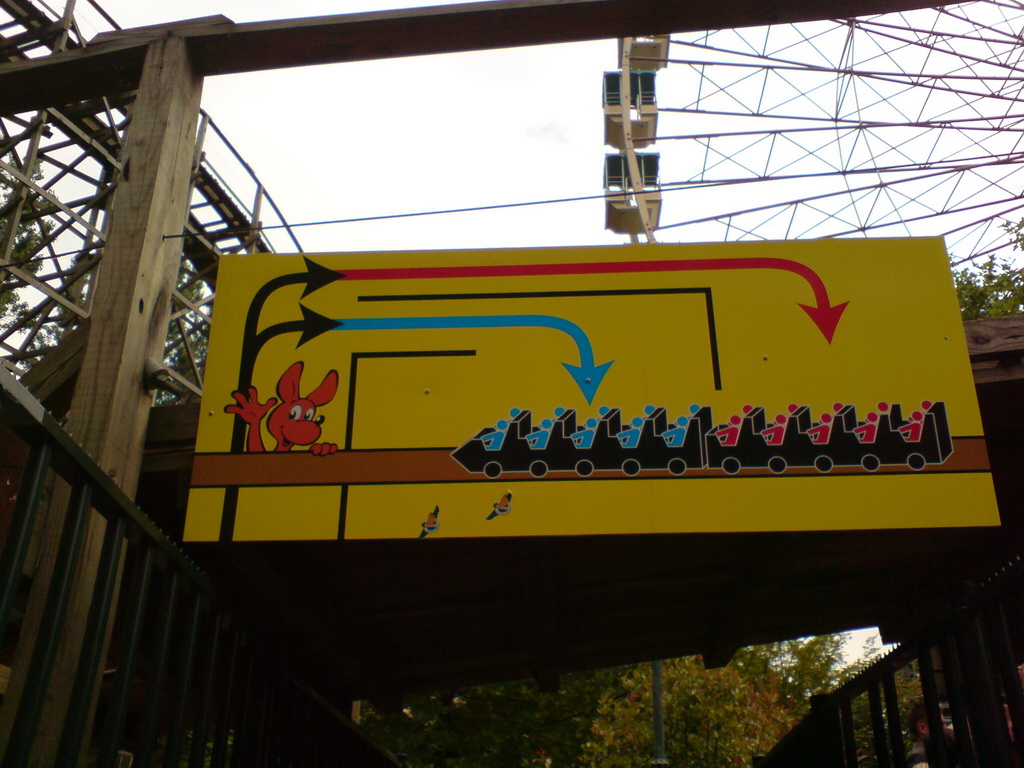Belgium by train: Flanders highlights and Wallonia lowlights
May 2, 2011 Markus Seppälä

Belgium is a small country. Go see it by train! But if you don’t speak French, stick to Flanders, the northern half, for picturesque medieval cities, diamonds, and beach resots.
As I’ve spent considerable time based in Brussels, I have had the opportunity to see many parts of Belgium by train. The country is only 280 km across at its widest and Brussels is pretty much at the middle. If you travel from there in any direction for more than an hour, chances are you’ll end up in a different country altogether. (Paris is is less than two hours away on the Thalys or TGV, and you’ll be in London on the Eurostar in just over two hours.) This makes Belgium a very convenient country for independent exploration by rail.
In Flanders, the northern half of Belgium, you can get by on English and the Dutch-speaking population will be happy to help you. In Wallonia in the south, you should leave your English at the door. Or better yet, leave the whole French-speaking region off your itinerary.
Flanders: the Dutch- and English-speaking part
Antwerp
Starting in the north, Antwerp is Belgium’s second largest metropolitan area at around 1 million people. Our visit was around Christmas, and the whole city was in a festive mood with warm decorations. Next to the magnificent Cathedral of Our Lady, finished in the early 16th century, there was a Christmas market complete with an ice-skating rink. For those not inclined to rent a pair of skates, there’s plenty of “vin chaud”, or hot spiced wine, for sale in the booths.
Antwerp is famous for its diamond trade. If you’re interested in finding out more about the city’s diamond history, and the diamond business in general, I recommend a visit to the Antwerp Diamond Museum. At the time of our visit, the museum hosted an exhibition called “Bling” on the prevalence of diamonds among hip-hop artists. The old lady serving as our tour guide trying to explain a grill and other finer points of American youth culture was clearly the highlight of the visit.
Ghent
Southwest from Antwerp is Belgium’s most impressive medieval city Ghent. As a pure tourist attraction it is perhaps not as popular as Bruges further west, but that is also the reason I personally like it. The architecture is just as beautiful, but unlike Bruges, Ghent also has a big city feel to it, being the country’s fourth most populous metropolitan area. I’ve visited twice during different editions of the annual Ghent Festival, along with what seems like everybody else in the country. One of my favorite things is the food: they manage to turn out some great fare to all the festival goers without compromising the quality. One thing to note when visiting Ghent: get off at the Gent-Sint-Pieters railway station; there is no Ghent-Centraal.
Bruges
Further northwest along the rail line from Brussels lies the equally medieval but more touristy Bruges. Its UNESCO-protected city center, complete with canals and horse-and-buggy rides, can provide a very romantic day trip, but Bruges is not the kind of city where you’d want to spend any extended periods of time. For an exploration of this last point, I highly recommend the 2009 British film In Bruges. Many of the people you’ll meet in Brussels will have a different connection to Bruges, namely its well-respected College of Europe, which provides post-graduate education in many disciplines relevant for working with European Union affairs.
Knocke
For a relaxing day at the beach, you certainly have plenty of options along Belgium’s sandy coast. One of the best is Knocke just north of Bruges. Knocke is a friendly small town with beaches at an easy walking distance from the train station. On a hot summer day in Brussels, this is where you’ll want to head. But so will everyone else. As there is no possibility of reserving a seat on the train, they get very full very quickly, especially in the morning. My advice for avoiding having to stand the entire journey is to pay a few euros extra for a first-class ticket. Still no reserved seating, but there are always fewer passengers in these cars.
Wallonia: the French- and non-English-speaking part
I’ll sum up Wallonia, the French-speaking southern part of Belgium in one word: avoid. I went to Liège on Saturday and found that all stores were closed. I tried Namur and they wouldn’t let me order a kebab in English. My only positive experience of Wallonia was the Walibi Belgium amusement park in Wavre. Some of the amusement must have been accidental though, like this racially-charged sign:
Try the Vampire roller coaster; avoid the food.
Antwerp,
Belgium,
Bruges,
canal,
Flanders,
Ghent,
Knocke,
medieval,
Wallonia
Europe,
Sony Ericsson K800i,
Train
previous post: New Zealand: The South Island by backpacker bus
next post: Geneva, Switzerland: Public transportation exceeds expectations



[…] Canberra, I was still in metropolitan Sydney. Many places I know I’d be in a different city, possibly a different country, after an hour’s train ride, but here we were just getting to the outskirts. If you speak […]